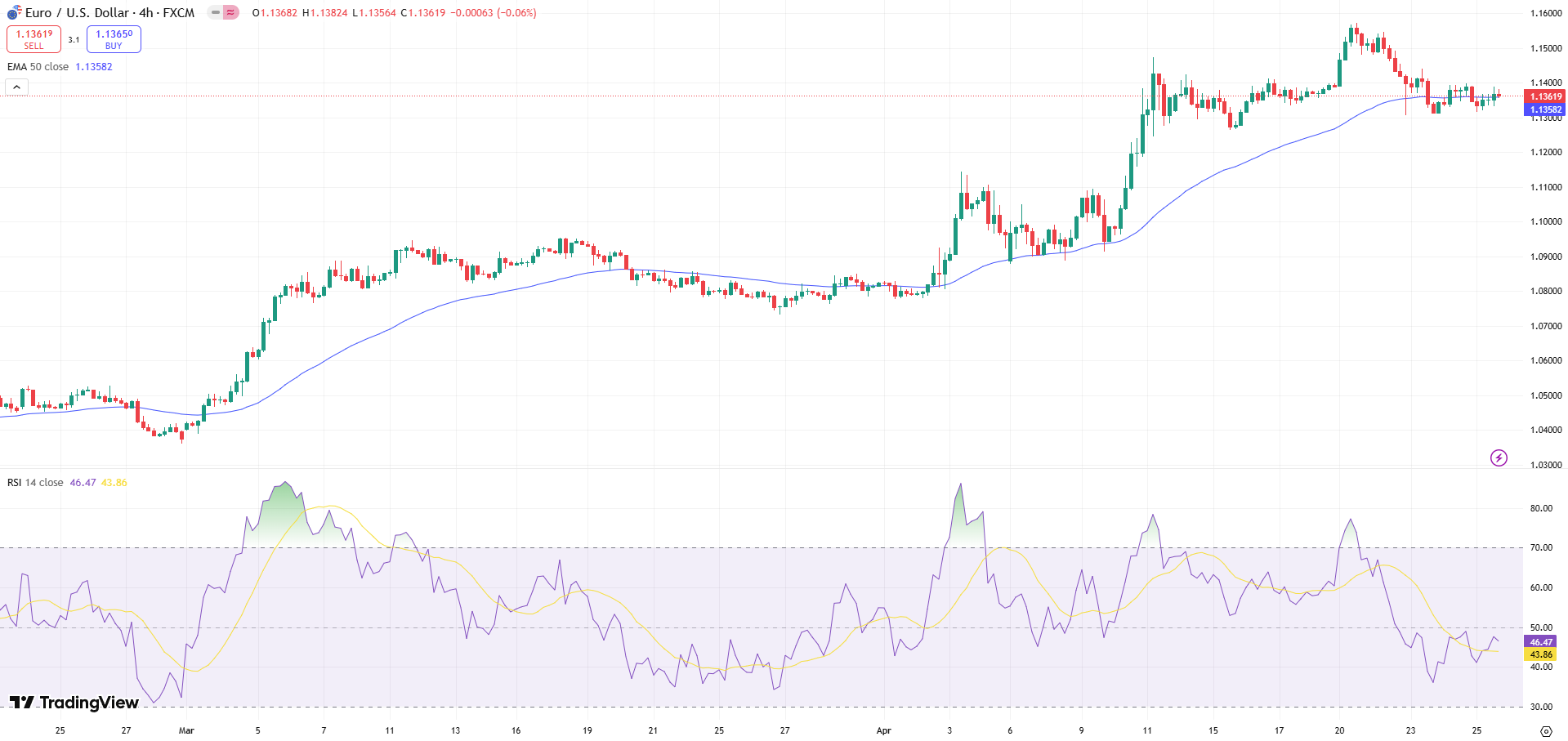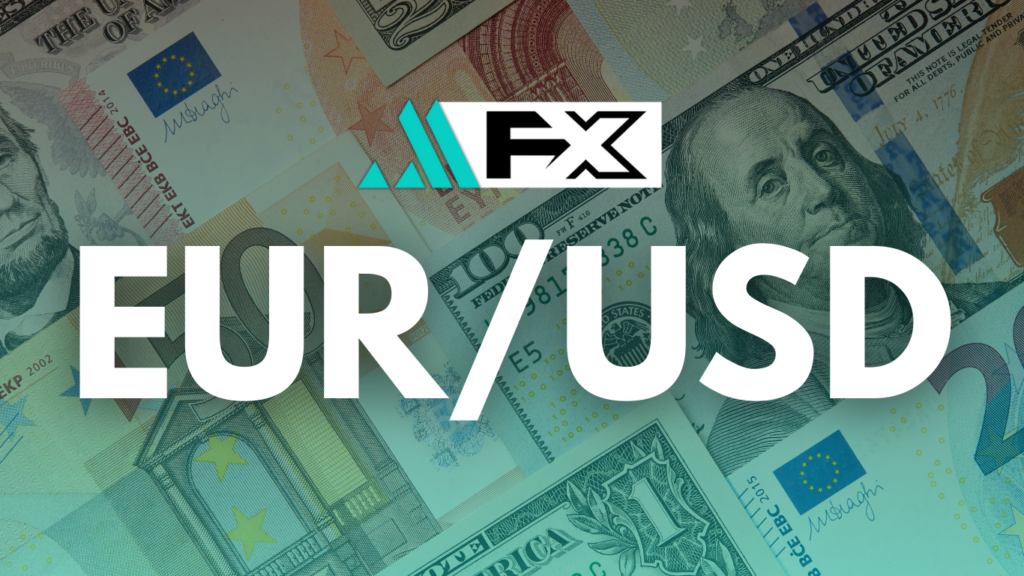UBS analysts have revised their outlook for the euro against the U.S. dollar, projecting a gradual rise toward $1.18 by March 2026. This updated forecast reflects growing concerns around U.S. policy stability, Federal Reserve independence, and persistent trade tensions, all contributing to a weakening dollar.
Despite the dollar recording its first weekly gain since mid-March, EUR/USD remains resilient, holding gains of over 5.5% for the month and nearly 10% year-to-date. At 06:15 ET (10:15 GMT), EUR/USD was trading down 0.3% at $1.1355, yet the broader trend supports further strength for the euro.
UBS noted several key drivers for its forecast revision:
- Heightened U.S. policy uncertainty surrounding tariffs and the Fed
- Investor risk aversion pushing capital toward alternatives like the euro
- Increased European FX hedging by institutional investors
In the near term, UBS expects the EUR/USD to consolidate within a $1.12 to $1.16 range, anticipating steadier gains thereafter.
U.S. Policy Risks Pressure Dollar
Analysts at UBS emphasize that policy risks in the U.S. remain elevated, even as tariff threats gradually de-escalate. Of particular concern are the public criticisms and legal threats against Fed Chair Jerome Powell, which have unsettled global markets. Although Powell’s early removal is unlikely, the ongoing debate over the Fed’s independence introduces an unusual layer of uncertainty into financial markets.
Increased uncertainty has broader implications:
- Trade tensions and political instability dampen investor confidence
- Potential slowdown in U.S. corporate investments
- Reduced expectations for U.S. economic growth
As a result, UBS believes the dollar is unlikely to stage a meaningful recovery in the short term, with institutional investors reallocating capital into European assets.
Europe Positioned for Relative Outperformance
While global economic growth is slowing, UBS expects Europe to emerge as a relative outperformer. The eurozone is benefiting from less direct exposure to U.S. tariffs, a nearing neutral stance from the European Central Bank (ECB), and the beginnings of fiscal easing in Germany.

According to UBS:
- The ECB is nearing a pause in monetary policy tightening
- Fiscal stimulus measures are boosting confidence within the eurozone
- Regional currencies are expected to remain supported
In light of these factors, UBS has adjusted its EUR/USD forecasts as follows:
- $1.14 in June 2025 (up from $1.10)
- $1.16 in September 2025
- $1.16 in December 2025
- $1.18 by March 2026
Overall, UBS maintains a bullish medium-term view on the euro, supported by political stability in Europe and ongoing uncertainties weighing on the U.S. dollar.


